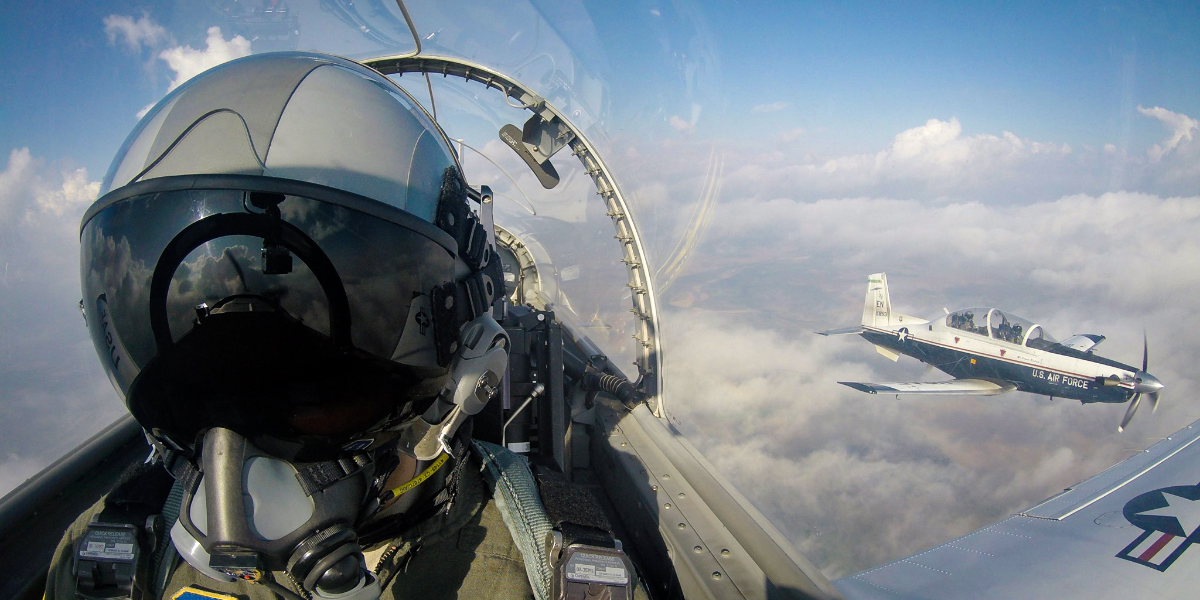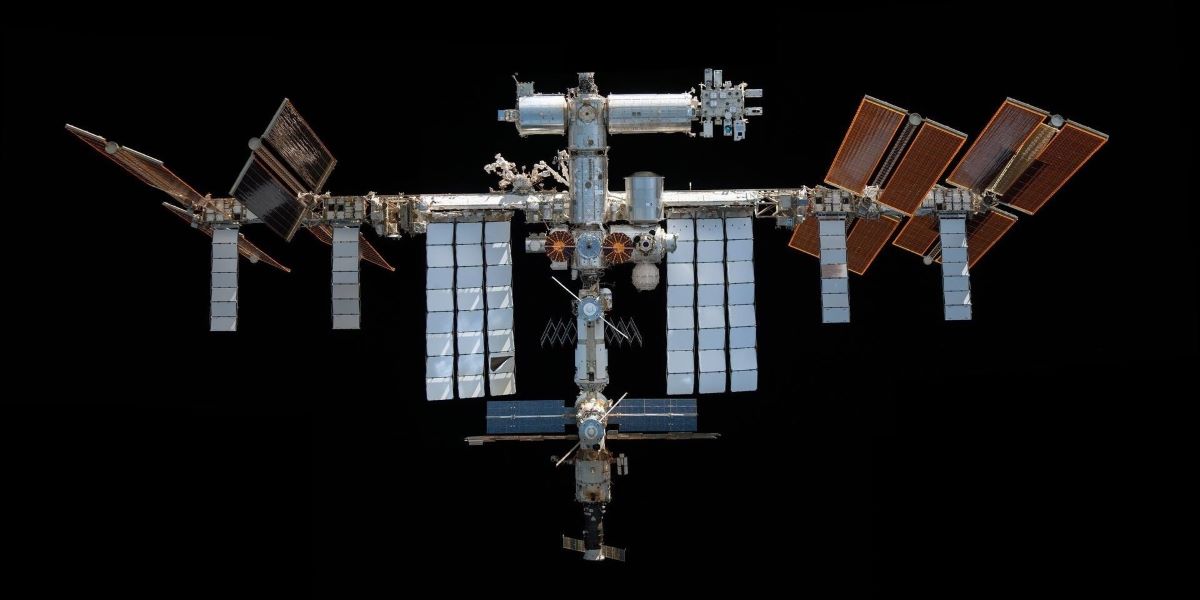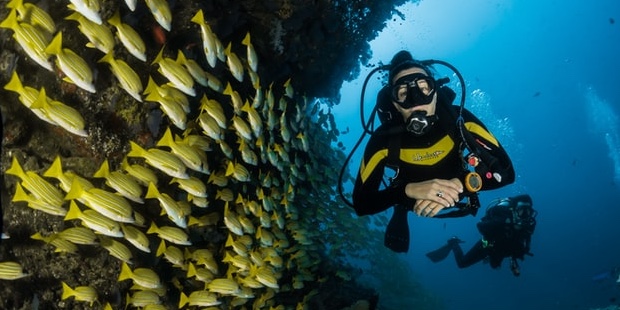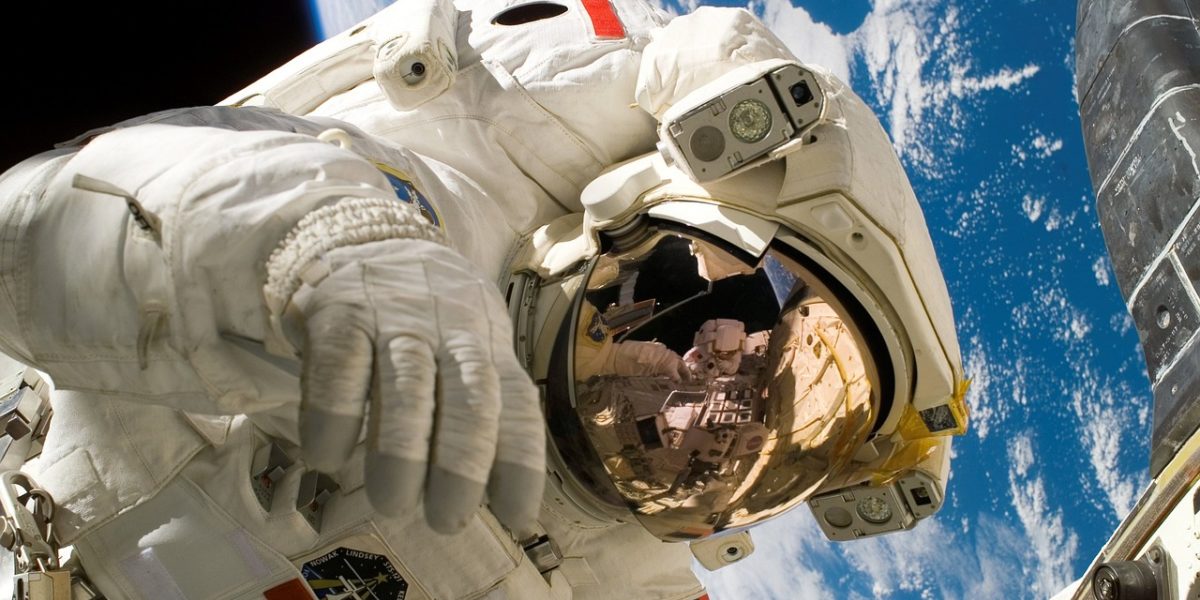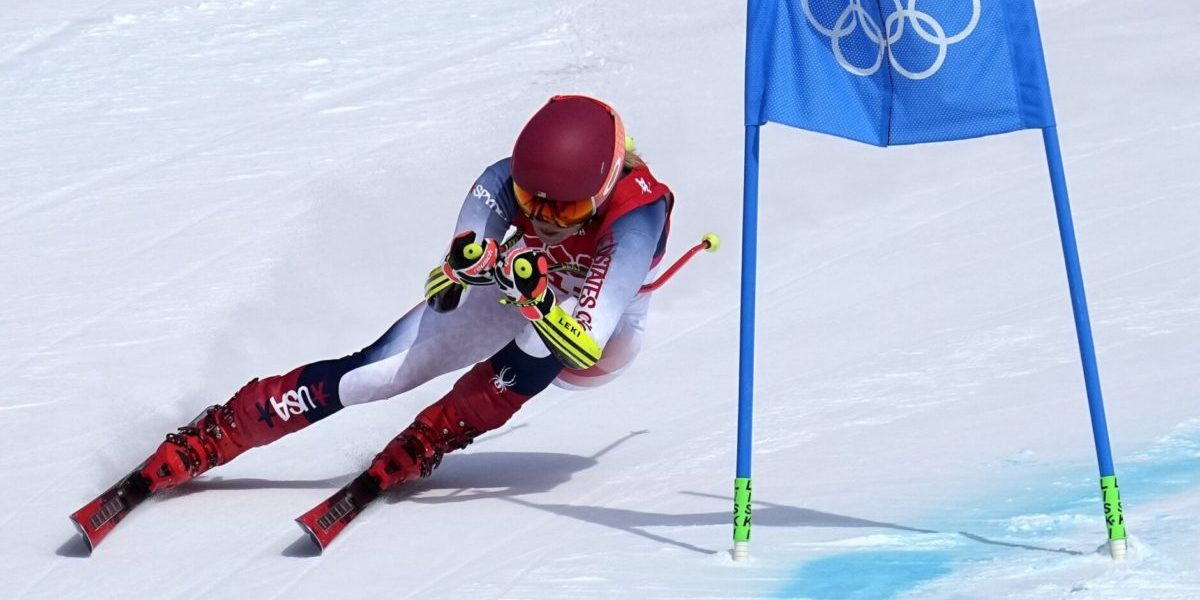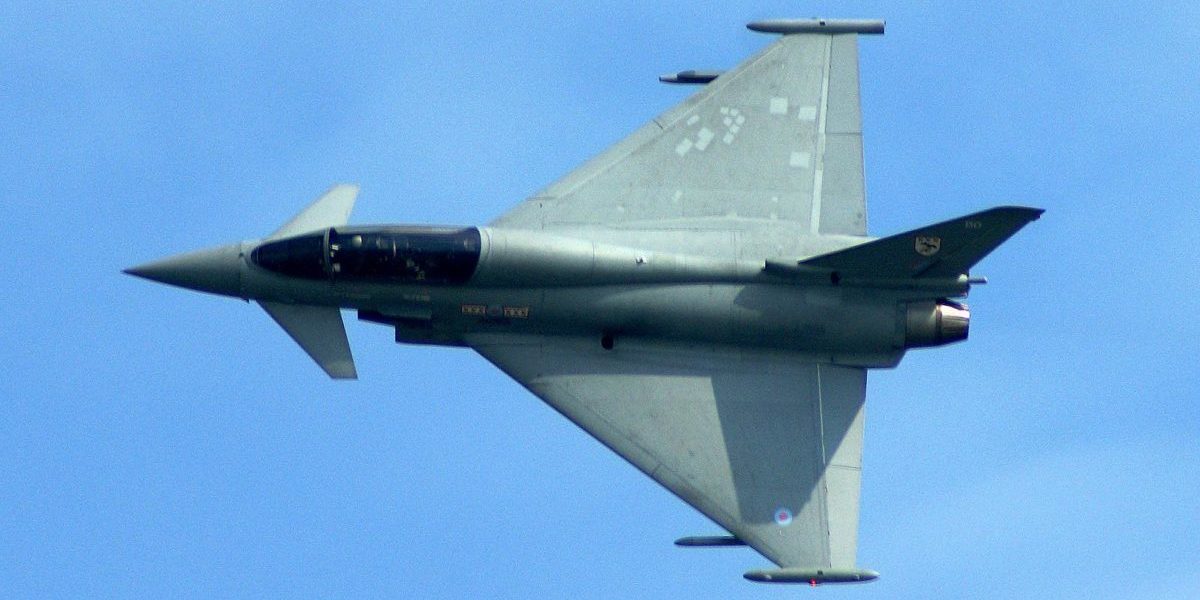Development of faster, more agile military aircraft is dependent on not only materials, fuel, and cost, it relies on pilots. Today, military aircraft force pilots to push their limits, constantly subjecting them to high G-forces, which can lead to hypoxia. Hypoxia occurs when the body does not get enough oxygen, causing symptoms that include unconsciousness, headaches, and tunnel vision.
Continue reading “Pulling G’s: The Forces that cause Fighter Pilots to go Unconscious Mid-Flight”Tag: extreme conditions
Diving Deep into the Depths: Exploring Biomechanical Adaptations of Deep-Sea Creatures
If you’ve ever been at the bottom of a deep pool or body of water, then you’ve been able to feel some effects of water, also known as hydrostatic, pressure. Your ears begin to pop, your nasal cavity starts to feel a lot of pressure, and your eyes begin to feel compressed. Now imagine diving 10,000 ft deep, where you’d feel 300 times the pressure you would feel during that small dive. Your bones would begin to crush and crack, your lungs would collapse, and much more. We still know very little about the ocean–it is said that we know more about outer space than the ocean–but as we keep exploring, we learn more about different deep sea creatures–aquatic animals residing over 1,000 m below sea level–and how they survive such immense hydrostatic pressure at abysmal depths. By discovering more about their physical adaptations, we can design better vehicles or modes of withstanding these high pressures to venture deeper into the sea. So, how do these creatures survive such immense pressures? What do they have biomechanically that we don’t possess?
Communication is Hard, Especially in Space!
Immune Dysfunction Due to Cytokine Production in a Microgravity Environment
If a loved one told you that they are going to get the opportunity to go to the international space station, what immediate concerns would you have? Their safety and health would probably be the first two things that come to mind. Many people know that astronauts have to be in peak physical condition to go to space, and still when they come back to Earth astronauts can be weaker due to muscle and bone loss. What many people may be surprised to learn is that traveling to space and being exposed to microgravity can also affect their immune system.
Continue reading “Communication is Hard, Especially in Space!”Under Pressure – How Underwater Environments Affect SCUBA Divers
SCUBA diving allows for the exploration of new environments, but with these environmental changes comes a danger. With over 2 million recreational divers and 3,000 commercial divers in the United states, it is important to understand these dangers and improve diver safety. As depth and pressure increase, the force exerted on the body increases at a rate of 1 atmosphere per 33 feet. The body itself is fairly good at withstanding this pressure. The danger comes from its effect on gasses inside the body. Compressed air takes up less volume for the same amount of matter, meaning that it takes more air to fill the lungs at depth, causing divers to go through air faster than they would at the surface.
Continue reading “Under Pressure – How Underwater Environments Affect SCUBA Divers”Do Humans Get Weaker in Outer Space?
We have entered an era of renewed excitement regarding human space travel. The international community has lofty goals for the future of human spaceflight: returning to the Moon, sending crewed missions to Mars and other planets, and even colonizing space to save the human race when Earth is no longer habitable. These goals are beyond exciting, but before we can safely accomplish any of them, we must understand the biological consequences of space travel. For instance, it is well documented that space travel causes muscle atrophy, or deterioration. What causes this atrophy, and can how it be prevented?
Continue reading “Do Humans Get Weaker in Outer Space?”Runner’s High (with guest speaker Emily Nist)
A discussion about the biomechanics behind running at altitude, including the effects of altitude on the body, how to combat it, and how to utilize it to enhance running performance.
Ski Racing: Where Champions are Made on the Course and in the Lab
If you have ever watched the winter Olympics, you have probably watched in awe as the alpine ski racers flew down the course. Years of training to perfect technique and build strength are essential for any athlete trying to compete with the best, but in a sport where hundredths of a second can separate first and second place, racers are always looking for ways to shave time. Understanding the forces that slow them down and their relationship to body positioning gives these athletes a competitive advantage.
Continue reading “Ski Racing: Where Champions are Made on the Course and in the Lab”Top Gun Trauma: the Effects of Ejecting From a Fighter Jet on the Spine
The need for speed places fighter pilots in electrifying yet dangerous situations. When things go wrong during flight, pilots must consider ejecting, a terrifying choice. Ejection is a last resort due to the large compressive forces and the high wind speeds that can cause many different serious injuries, including spinal injuries. Approximately 20-30% of people who survive ejection endure spinal fractures. Understanding the dangers of flight that service members face increases awareness of the military lifestyle within the civilian population and is critical in finding solutions to lessen the severity of injury.
Continue reading “Top Gun Trauma: the Effects of Ejecting From a Fighter Jet on the Spine”How much wood can a woodpecker peck? The Science Behind a Woodpecker’s Anatomy
Have you ever wondered how a woodpecker is capable of banging its head against a tree so furiously without seriously injuring itself? The impact of a woodpecker’s beak with a tree can exceed speeds of up to 6 meters per second and occur over 12,000 times a day.These kinds of numbers are what allow woodpeckers to smash through trees to get to those tasty bugs that live inside.
Continue reading “How much wood can a woodpecker peck? The Science Behind a Woodpecker’s Anatomy”